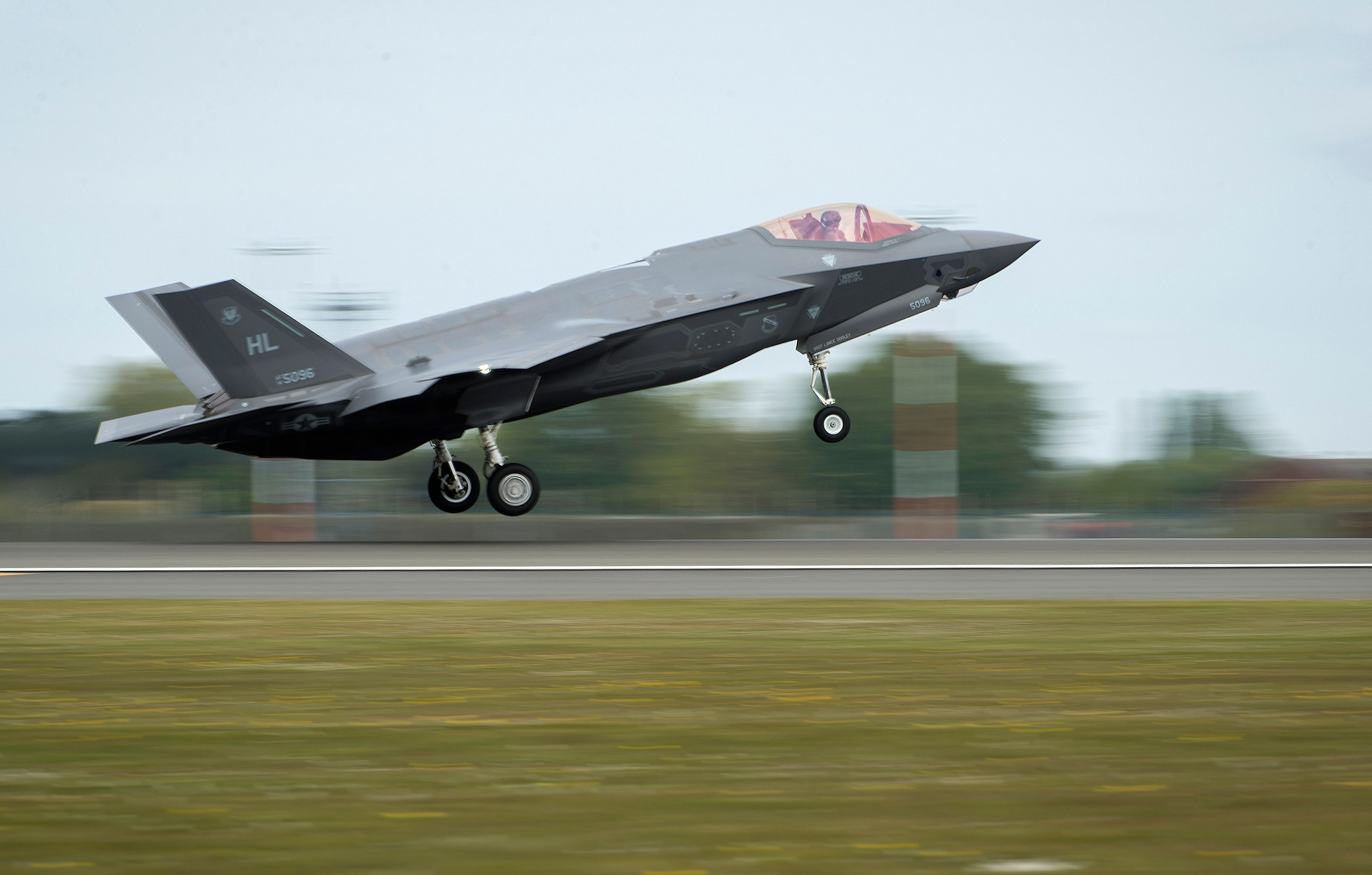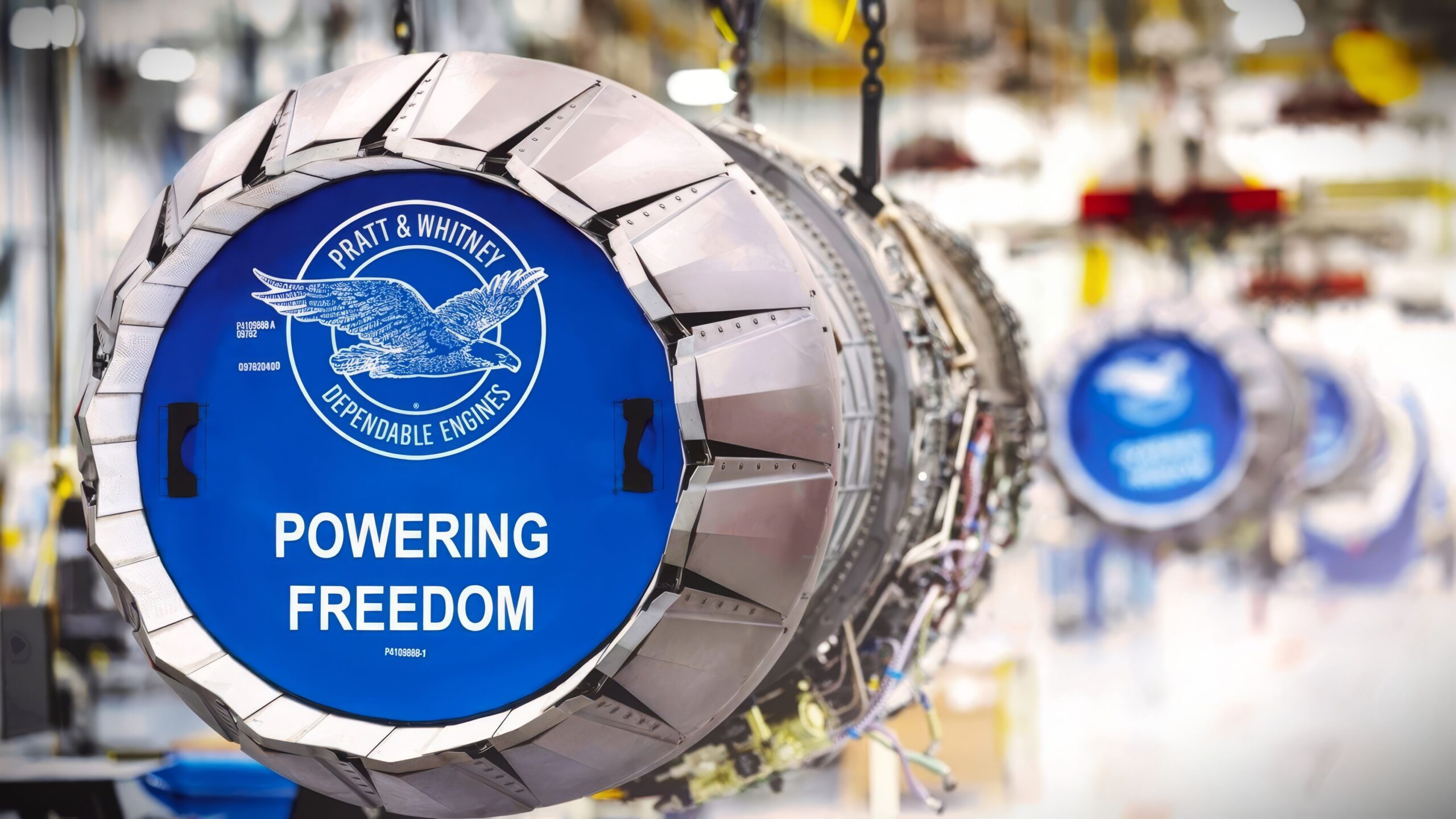As if the F-35
’s Pratt & Whitney
F135 was not powerful enough, Pratt & Whitney has developed an engine core upgrade and won a $1.3 billion contract to continue the work to add more efficiency, electrical power, and other improvements to the 43,000 lbs (191 kN) with afterburner F135. Pratt & Whitney—an RTX firm—aims to support all F-35s regardless of variant, with an upgraded, durable engine as Block 4 is rolled out.
“Positive forward momentum” on the F135
In a September 30 statement, Jill Albertelli, president of Pratt & Whitney’s Military Engines business, shared the sentiment,
“This contract is critical to continuing our positive forward momentum on this program. It allows us to continue work in the risk reduction phase with a fully staffed team focused on design maturation, aircraft integration, and mobilizing the supply base to prepare for production.”
Considering that more than 1,200 F135 engines have already been delivered across all three variants of the F-35, Pratt & Whitney must get the F135 upgrade right – as explained in the below RTX YouTube:
However, this does not explain the growing need for F135 upgrades that go into new engines and can be retrofitted into the over 1,200 current F135 engines in service globally. See, the F135 needs not just to provide jet thrust for the F-35 to fly; but also, to fight with advanced communications, computers and sensors that require more electrical power.
Ready to support Block 4 F-35 upgrades
One reason for the Engine Core Upgrade is to support the F-35’s incoming Block 4 upgrades. The Engine Core Upgrade will make the F135 even more durable and provide the thermal management and electrical power needed to support Block 4 and Tech Refresh 3 (TR-3) – both of which have been covered before, including delays on the TR-3 rollout.

Related
Lockheed Martin Says F-35 Backlog Could Take 18 Months To Clear
The backlog of F-35s with Tech Refresh-3 (TR-3) will require a year and a half to clear. But TR-3 makes the F-35 smarter…
However, by 2028, the F135 will need to be upgraded. One can watch the below RTX YouTube about the needs and opportunities provided by the Engine Core Upgrade:
The Engine Core Upgrade will also be added for the B variant – the short take-off and vertical landing version – and an additional lift fan thrust to support more bring-back capability as well. One can see below just how important that is:
Additionally, in the 2010s, the US Navy was sponsoring an effort to reduce the fuel burn of the F135. According to a May 31, 2017, Pratt & Whitney statement, “a 5 to 6 percent fuel burn improvement and a 6 to 10 % thrust increase across the F-35 flight envelope” was possible from supplemental high-pressure compressor and high-pressure turbine testing. An RTX spokesperson shared with Simple Flying that the Engine Core Upgrade includes this work.
Demands for bleed air for cooling require innovation
However, these systems run off of bleed air which is taking from compressed air by the turbofan’s first stage. Part of the concern is the durability of the turbine, part of the concern is taking from potential thrust. As one will learn from the below YouTube, a RTX firm in Collins Aerospace developed the Enhanced Power and Cooling System (EPACS) to replace the current power and thermal management system (PTMS).
According to a Collings Aerospace webpage, EPACS allows the F-35 to have backup electrical power and more cooling with less F135 bleed air. EPACS packs up to 80 kilowatts of power to support the future needs of the F-35 across all three variants – instead of the 30 kilowatts available now. One can learn more in this dedicated Mitchell Institute podcast:
However, F135 improvements provide more than cooling. F135 improvements also power the economy.
Economic support from the F135
One should note that the F135 contract supports the 700 engineers and program managers working directly on the F135 upgrade. Meanwhile, according to an RTX spokesperson, the F135 supports more than 57,000 jobs and 255 suppliers across 43 states and contributed over $2.2 billion to the U.S. economy in 2023.
In fact, according to a Jedco, Inc. statement, the F135 work represents half of their business with 230 employees in Grand Rapids, Michigan, leading to a new facility that’s double the size. Yes, jets = jobs.
Basic F135 performance statistics
The F135 is not just the afterburning turbofan jet engine powering the F-35 fighter jet, but a turbofan that represents the cutting edge of jet engine technology. Below is a table of basic F135 facts:
|
Thrust with afterburner (aka reheat) |
43,000 lbs (191 kN) |
|
Thrust without afterburner (aka dry thrust, military power) |
28,000 lbs (125 kN) |
|
F135 engines delivered so far |
1,200+ |
|
Flight hours so far |
900,000+ |
Bottom Line: Taking the F135 to the next level
Fighter jet engines are no longer measured just by providing thrust out the back, and in the case of the F-35B, vertical lift, but electrical power and cooling. The F135’s Engine Core Upgrade will provide the same dominating electricity and cooling that the F135’s afterburning 43,000 pounds of thrust do.

